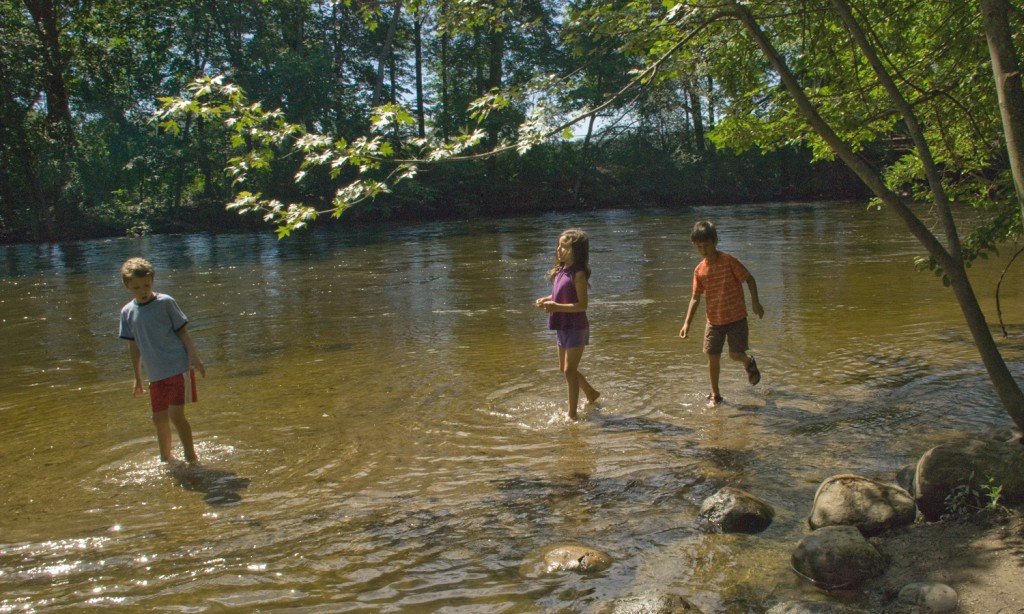Sometimes just maintaining the status quo is the goal. Such is the case with federal protections for waterways through the Clean Water Act that are clarified with the Clean Water Rule developed by the U.S. Environmental Protection Agency and Army Corps of Engineers. The rule provides definition to “Waters of the United States” and will become effective on August 28, 2015. The rule only protects waters that have historically been covered by the Clean Water Act.

The administration wrote the rule in an attempt to clarify its jurisdiction after two U.S. Supreme Court decisions made it murky beginning in the early 2000s. While about three percent more area is covered by the Clean Water Act than before, the protections are still less than they were during President Bill Clinton’s administration. The Clean Water Act protects the nation’s waters. A Clean Water Act permit is only needed if these waters are going to be polluted or destroyed.
In my interview this week with David Fair on WEMU’s Issues of the Environment radio show, we talked about what the Rule does:
- Provides greater clarity and certainty regarding the waters protected under the Clean Water Act
- Makes the jurisdictional determination process more straight-forward for businesses and industry
- Reflects the best current science (more than 1,200 peer-reviewed studies were consulted)
- Aligns with the Supreme Court decisions
- Reflects public input and comments (400 meetings around the country)
- Protects public health, the economy, and the environment
and doesn’t do:
- Regulate new types of waters, land use, most ditches, groundwater, farm ponds
- Change policy on stormwater or water transfers or irrigation
- Limit agricultural exemptions
- Regulate water in tile drains
- And my favorite, regulate puddles
How might the Clean Water Rule impact Michigan and, more specifically, Huron River waters?
The Department of Environmental Quality, the state’s permitting authority, expects little impact to Michigan water protection programs. Michigan is one of only two states (New Jersey is the other state) that administers its own wetlands permit program instead of the Army Corps of Engineers, and the state-run program is more protective than the federal program. On the Huron River, the collective effort to improve water quality is yielding gains in quality of life after decades of effort focused on education, new technologies to reduce pollution and water consumption, and water quality monitoring.
The Huron River Watershed Council formed seven years before the enactment of the Clean Water Act in 1972. As we celebrate 50 years of protecting and restoring the river for healthy and vibrant communities, we have the perspective to recognize this Rule as a watershed moment for the country to rededicate itself to clean water. Find out more about the Clean Water Rule from the EPA’s Clean Water Rule web page. A Michigan fact sheet is available about the value of clean water in the state for the economy, the environment, and public health.



